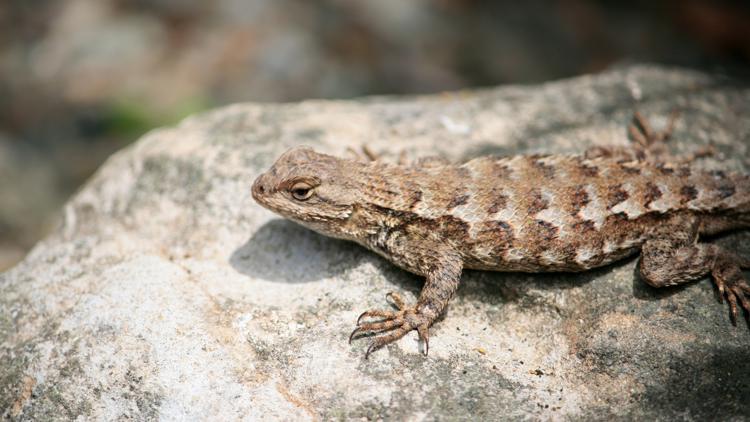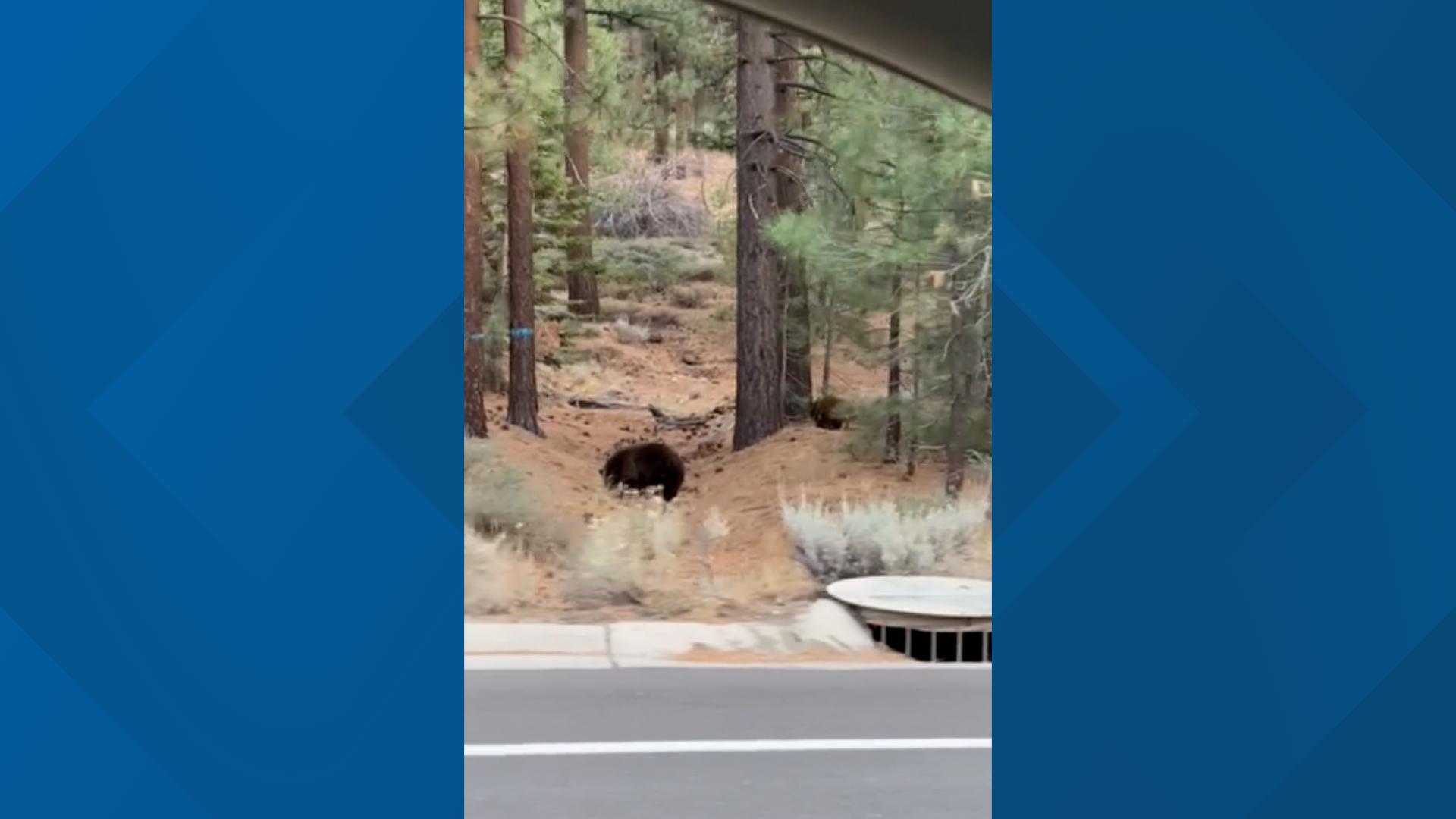SACRAMENTO, Calif. — California is home to dozens of lizards and other reptiles, but which ones are you probably seeing in your garage and backyard?
If you’re in the Sacramento area, the three most common lizards you will come by include the Southern Alligator Lizard, the Western Fence Lizard and, if you’re in more rural areas, the Western Skink.
Brian Todd, professor of Conservation Biology UC Davis, said as the weather warms up, these reptiles will be seen more frequently.
“All reptiles tend to like it during the warmer parts of the year than the colder parts of the year,” he said. “You'll see a ton of baby Fence Lizards usually around late July into early September… so they tend to be active throughout much of the year. The Alligator Lizards seem, for whatever reason, to be a little bit more active in April and May.”
What do these lizards look like?
Southern Alligator Lizard
Todd said these lizards usually are about three to four inches long, but can grow up to six inches long in the body and have an equally long or longer tail. They're quite common throughout California.
"They're really common in rural areas especially, but they do show up in suburban and even in urban areas," he said. "That probably makes up 60% to 70% of what people are seeing."
According to California Herps, run by wildlife photographer Gary Nafis, these lizards are oftentimes long brown, yellow or gray with red blotches on the back and can have dark bands on the sides, back and tail.

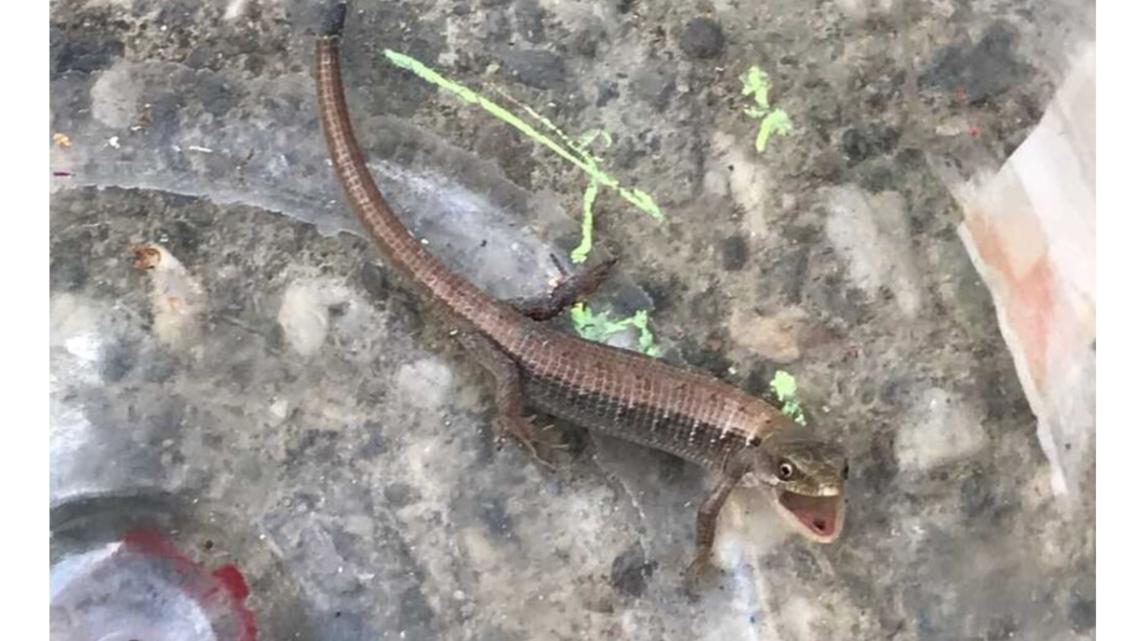
Western Fence Lizard, "blue bellies"
Ever seen a lizard doing what looks like push ups? Todd said the Western Fence Lizard, also known as blue bellies, are notable for the move.
"That is a way that they sort of advertise their fitness and their territories," he said. "(They're) advertising 'stay away because I'm fit and this is my rock and I don't want anybody else near it.'"
Sometimes they'll do push ups around humans, or while looking at humans, and Todd said they're just saying "'I'm aware of you and I'm fit, and I can run away so don't even try and chase me, there's no point to it.'"
These lizards are oftentimes small, brownish or grayish lizards patterned with spots and chevrons and stripes on the back. They usually have blue necks or bellies, according to California Herps. Their scales are also more spike looking.

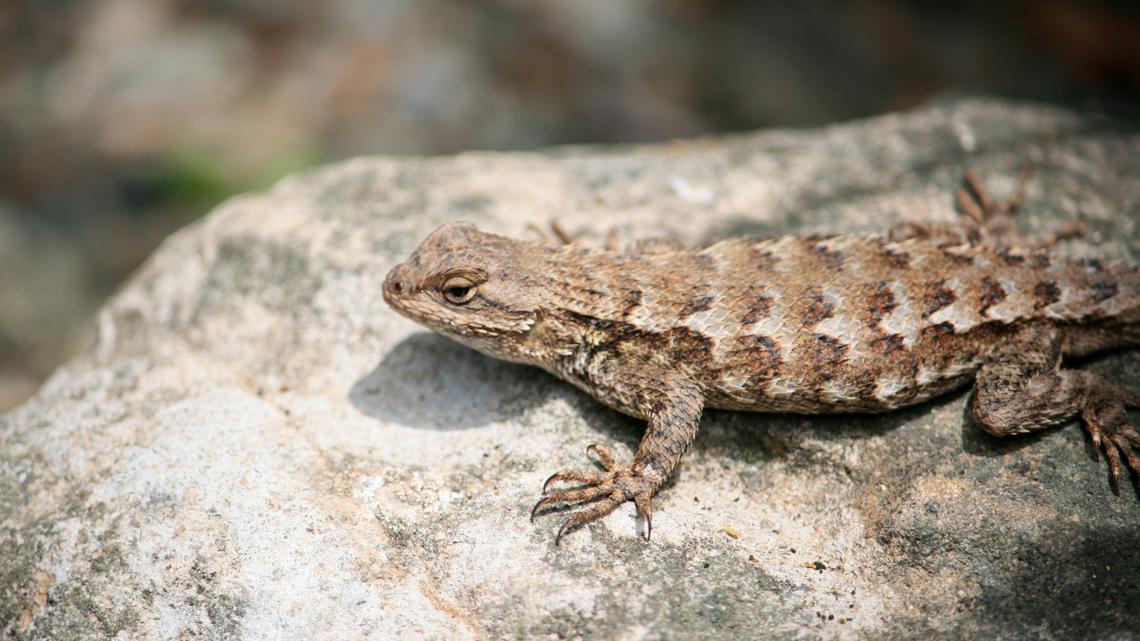
Western Skink
Despite popular belief, not all skinks are bound to creeks and wet areas. Todd said if you're in the foothills of Placer County or Folsom, you're likely to see these guys.
"They're actually pretty adapted to drier areas," he said. "It usually has stripes that run down it and a really long blue tail."
Sometimes these skinks will have a reddish head, throat and tail during mating season, but the color fades once the season ends, according to California Herps

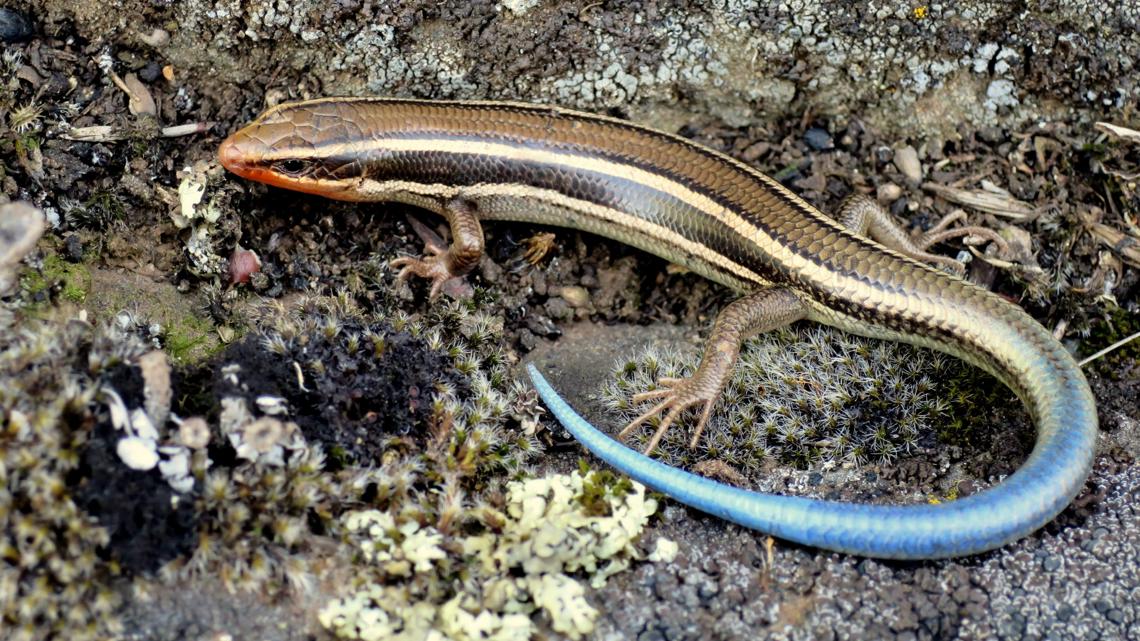
What should you know about these three lizards?
All three of these reptiles are active in the warm day time and Todd said "they're out there serving as pest control" by eating bugs, insects, spiders and "just about any small invertebrate that they can fit in their mouth."
Each of these lizards also can lose their tail to try and run from predators, something that could pose an issue to someone when trying to get it out of their home.
"If you pick them up and you grab by the tail, they may just break their tail off and the animal will still be in your house and you still got to deal with an animal that now doesn't have a tail," said Todd. "But they're all very harmless."
So harmless, in fact, that none of them are venomous and if they do manage to bite you, it hurts "far less than getting your finger stuck in a drawer or a car door or anything like that. It's very mild," said Todd.
Because they're harmless to humans, a natural pest control and usually only come out when it's warm out, Todd suggests leaving the critters be as they likely don't want to interact with you as you don't them.
"People often don't think much about them, or they find them a little creepy or scary, even sometimes. So I think it's always important to just let people know how harmless they are, and that their first priority in life is to be left alone," said Todd.
What to do if a lizard gets into the house?
Carefully shooing it from the environment you don't want it in is the best bet.
Todd said this can be done by gently picking up the lizard, or getting it to climb on some cardboard or into a plastic container so you can release it outside to it's natural habitat.
"Of all the wildlife I would want to interact with, these are the most harmless ones to see maybe besides songbirds and squirrels, but I'd rather see this in my house than a black bear or a mountain lion in my front yard," said Todd. "Enjoy seeing them, not everybody gets a chance to do that. It's usually a sign that there's a healthy environment nearby, you still got wildlife."
Anyone who wants to identify plants, birds, insects, reptiles, fish or other critters can submit photos on iNaturalist.org, something Todd said is "community science or citizen science" which can help you and others identify species in the area.
For more ABC10 news and weather coverage on your time, stream ABC10+ on your TV for free:
► Roku - click here
► Amazon Fire - click here
► Apple TV - click here

